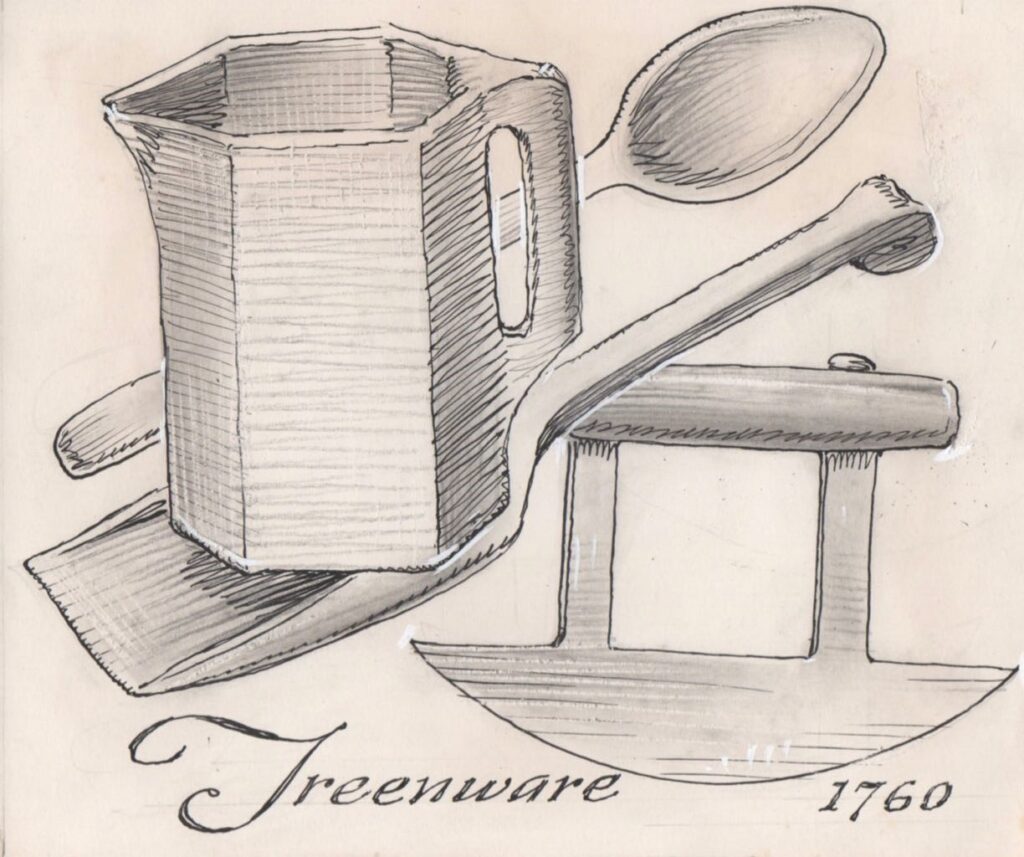
“Noonday” pen and ink illustration by Eric Sloane, N.A.


“Noonday” pen and ink illustration by Eric Sloane, N.A.
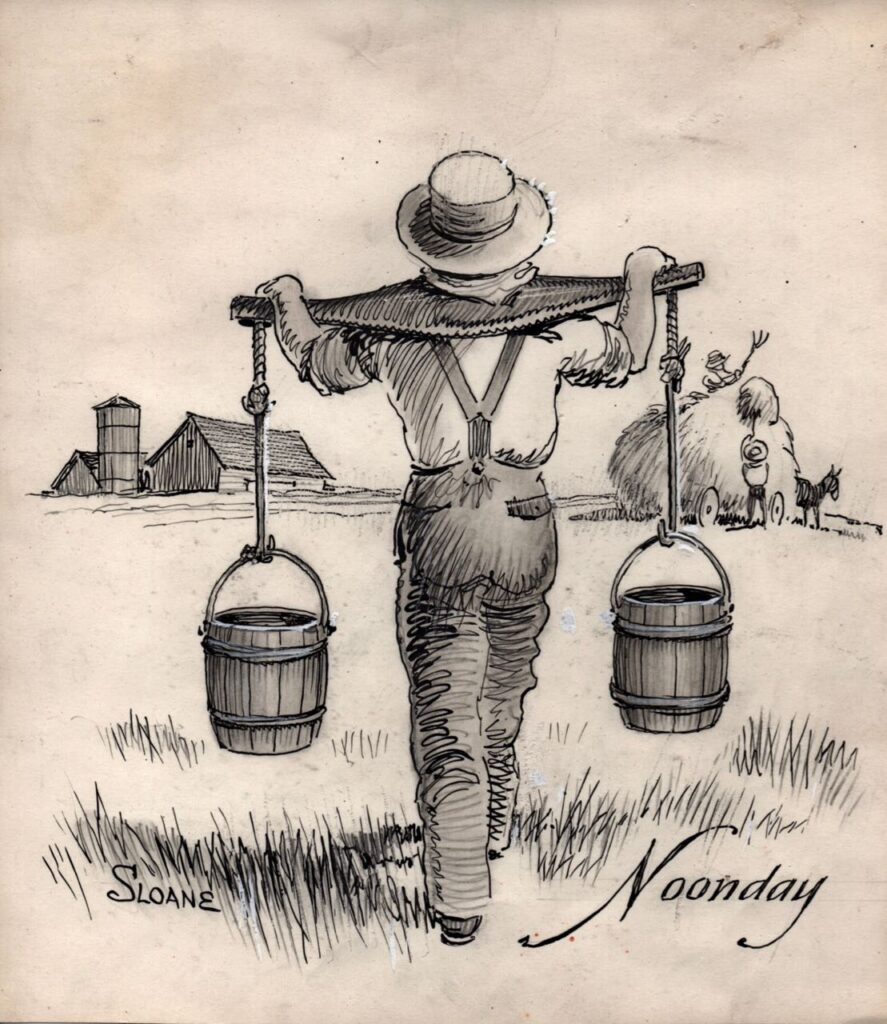
“Noonday”, pen and ink illustration by Eric Sloane, N.A.
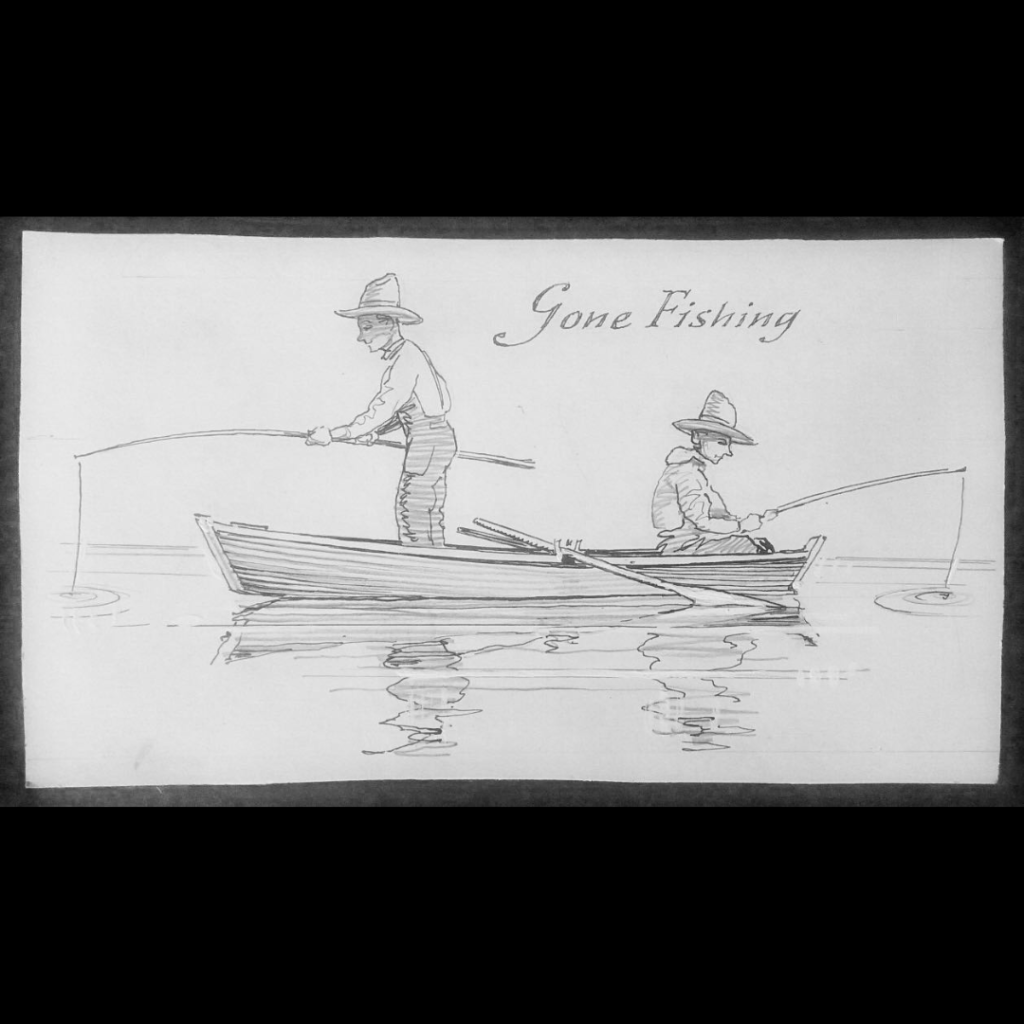
“Gone Fishing” by Eric Sloane, N.A. From the archives, we sold this original pen and ink illustration years ago.
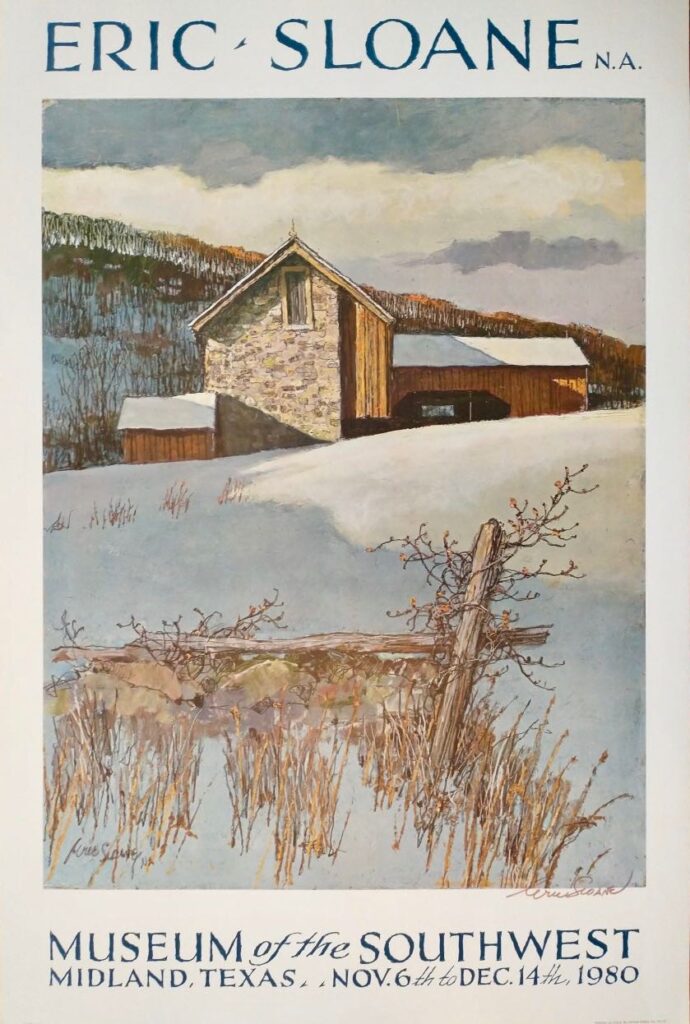
One good gallery poster deserves another…this one from Eric’s show at the Museum of the Southwest in 1980.
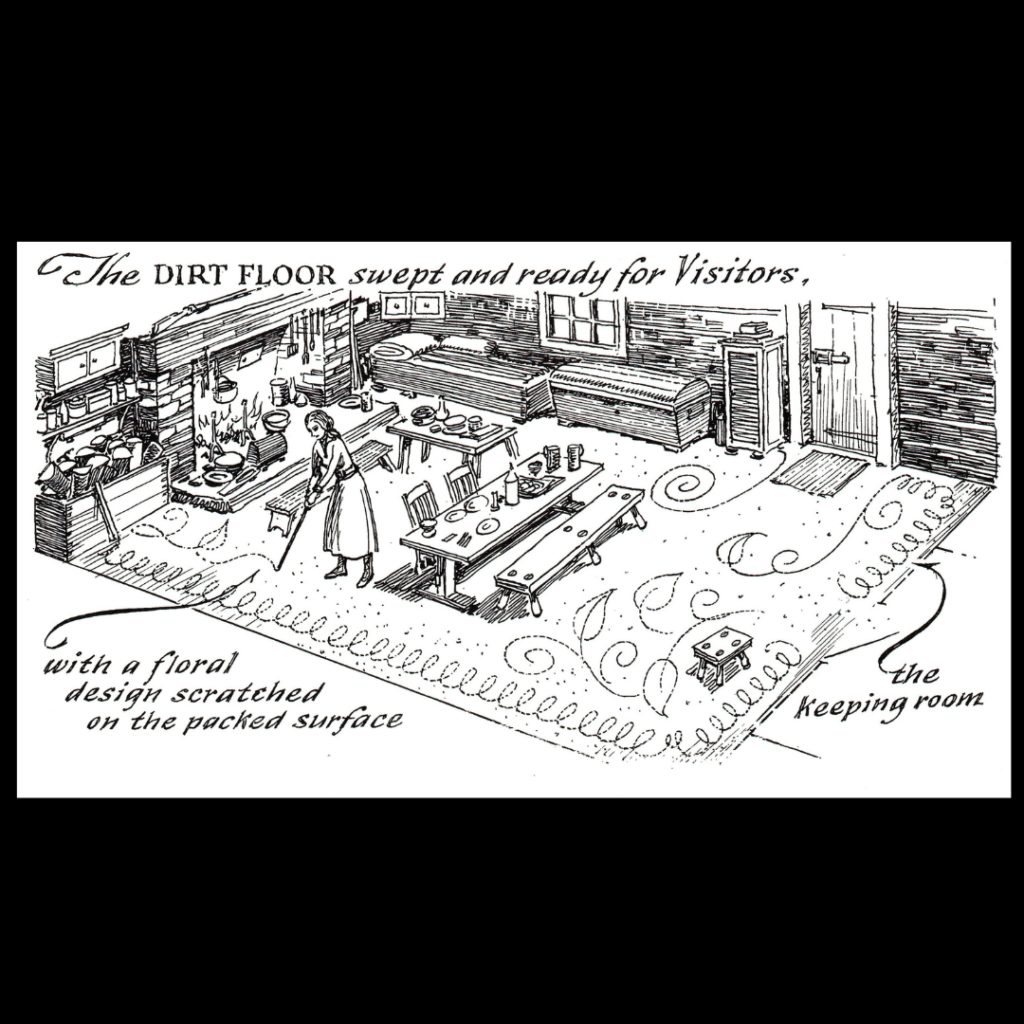
We have a gentleman working in the Noah Blake cabin this week on a small project we are very excited about. Something to do with this Eric Sloane drawing – can you guess what it might be?
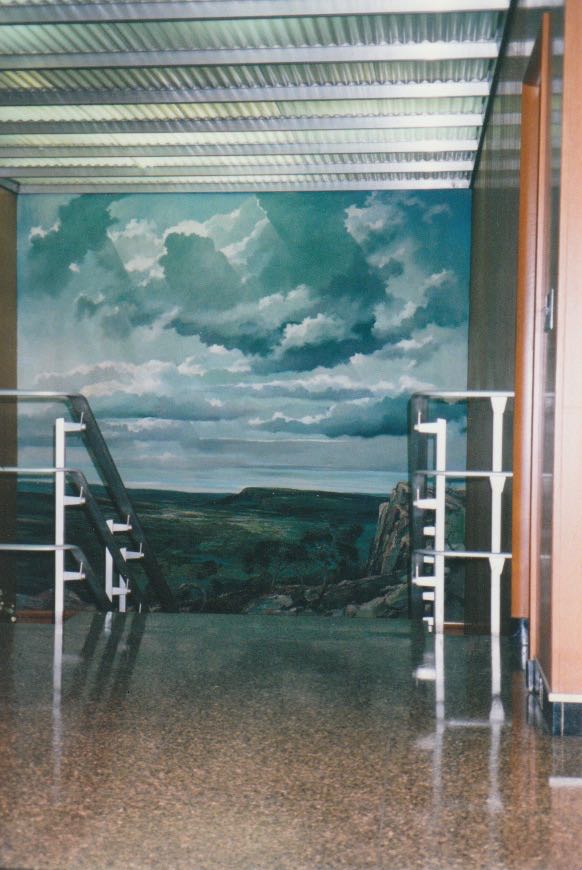
Over the course of his career, Eric Sloane painted many murals. Quite a few were in private homes, many others were in corporate settings. This photograph was taken by Wil Mauch in 1999/2000 of a Sloane mural in the headquarters of the now defunct International Silver Company in Meriden, Connecticut. Photos from Wil Mauch’s Aware: A Retrospective of the Life and Work of Eric Sloane.
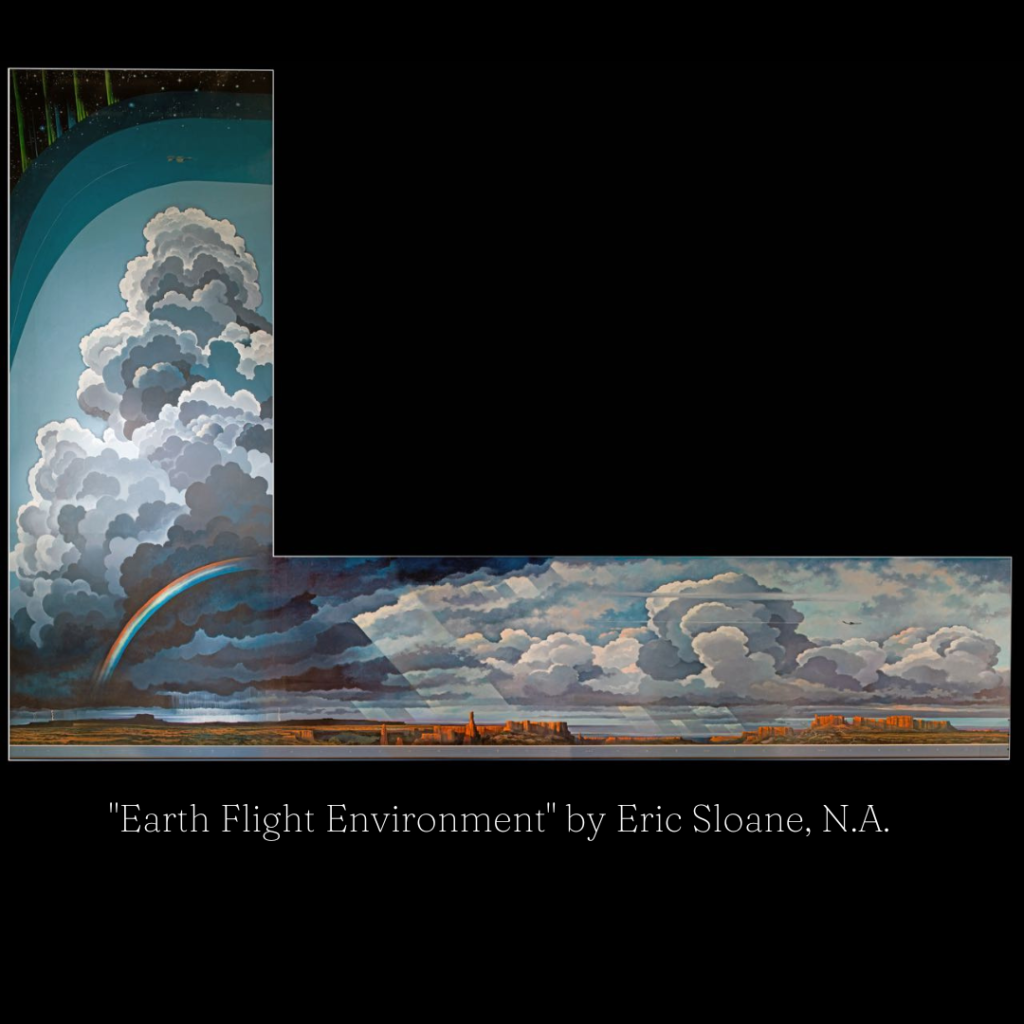
Earth Flight Environment
Eric Sloane, N.A. (1905-1985)
Acrylic on Canvas, 75′ x 58′ 6″
Affixed to the west wall of the Independence Ave. lobby of the Smithsonian Air and Space Museum. From Wil’s Symbols of American Spirit: 50 Years of the Eric Sloane Museum.
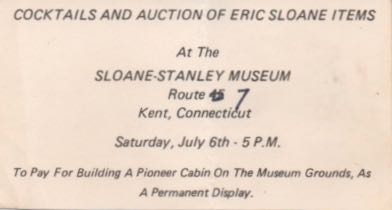
This interesting item was printed with the wrong street location for the event, we are sure much to the ire of Eric Sloane. A detail that it revealed, unknown by most, was that the money raised for the construction of the cabin was as a direct result of Eric Sloane having donated many pieces from his personal collection of antiques and tools, as well as at least one painting.
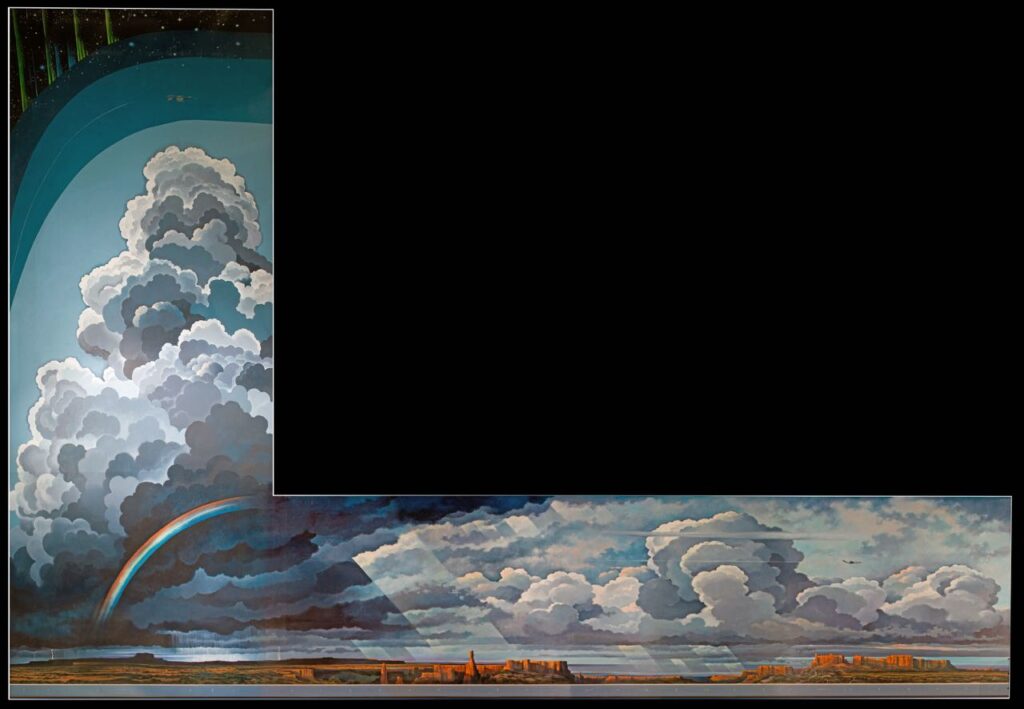
Earth Flight Environment
Eric Sloane, N.A. (1905-1985)
Acrylic on Canvas, 75′ x 58′ 6″
Affixed to the west wall of the Independence Ave. lobby of the Smithsonian Air and Space Museum. Image courtesy of Wil Mauch, from his Symbols of American Spirit: 50 Years of the Eric Sloane Museum.
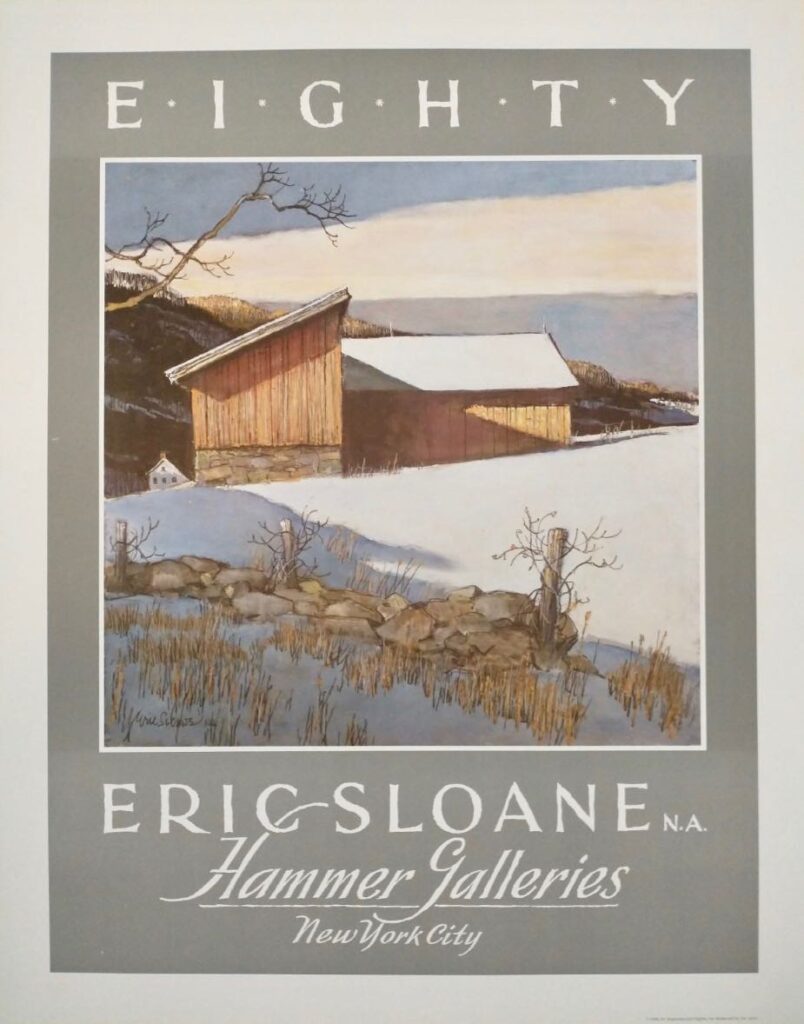
Hammer Galleries poster for “Eighty, An American Souvenir”, an exhibition and sale in celebration of Eric’s 80th birthday. The exhibit ran from March 5th-March 23rd, 1985. Tragically, Eric died on the morning the show was to open.